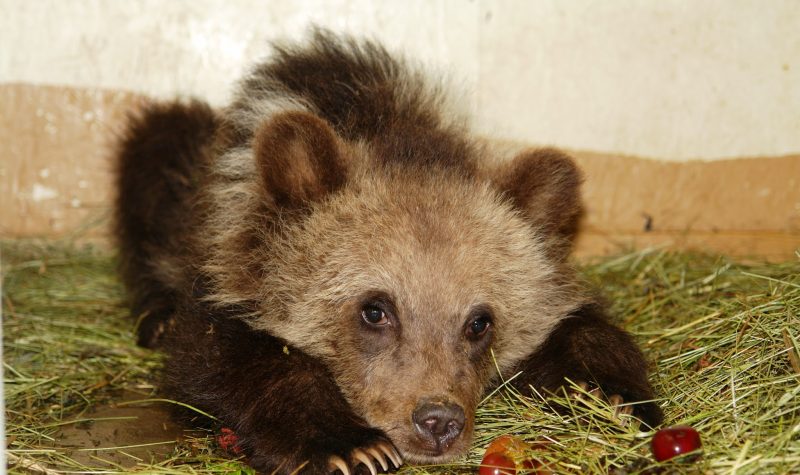A recent grizzly encounter along a trail on Hudson Bay Mountain spurred a much-need conversation – how are humans supposed to conduct themselves to to live with these wild creatures, especially just as they come out of hibernation?
Ginger Westbrook posted a story on the Facebook group Bulkley Valley Hikers on June 5th that a mother grizzly charged her vehicle along Ptarmigan Trail when Ginger and her husband stopped to look at a yearling they spotted along the edge of the trail.
It's natural to be curious when you see a bear -- and especially a grizzly -- but how close should you get before you're putting yourself (and others) in danger?
Ron LeBlanc, a Conservation Officer in Smithers said that people need to enact prevention tactics when it comes to being bear aware.
"Make noise, use bear bells, talk loudly, keep your animals close to you, and that alone will be a lot of prevention", LeBlanc said in our interview.
If you find yourself in the path of a bear, you will find yourself in one of two situations: "first, the bear notices you first, or you startle it. If the bear notices you first, it'll likely run away, but if you startle the bear, it could turn on you. If that's the case make sure you have bear spray and know how to use it, and if you have an animal on you, make sure it's on the leash so that it's not bringing the bear back to you after running off."
Bears typically are in deep hibernation during the dark winter months of November and April, but it's not the same for all the bears as this depends on their location and habitat. For example, the bears that live on Vancouver Island and the more southerly coasts of BC will likely have a shorter hibernation period than our northern-dwelling bears in the Skeena-Bulkley Valley.
So come May and certainly June and July the bears will likely be out in force ready to fill their hungry bellies on Berries, salmon and whatever else they can get to sustain themselves.
Angelika Langen, co-founder of the Northern Lights Wildlife Society has a very intimate knowledge of bear characteristics and ethology. Angelika, along with a team of staff and volunteers at the NLWS have already taken in 76 bears to the shelter this year.
"The big thing this year that people ned to be aware of is that the snow level is still so low, so the bears are coming a lot lower than they usually do this time of year. People have to be way more aware that they'll be coming around -- some with cubs -- as they look for food coming out of hibernation, some of them are really hungry, and even some of them perished in their den this year starving to death in their dens. And because of that, people need to expect to see them where we wouldn't normally see them this time of year."
It’s not our job as humans to manage their population and behaviours, but to manage our own behaviours as we continue to encroach on their territory and habitats.
Listen to these interviews in full in the clip below.


